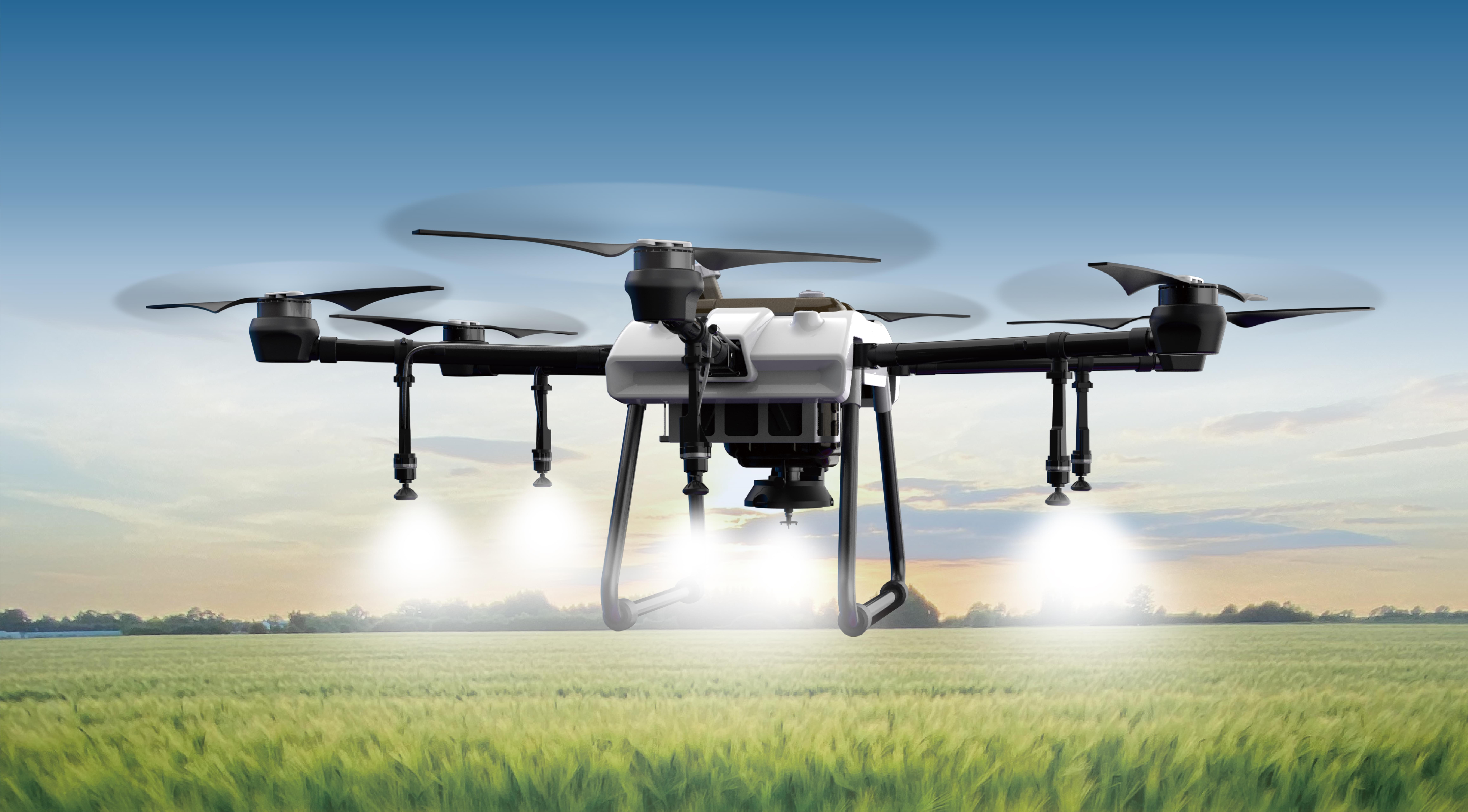When it comes to selecting a brushless motor, one of the key aspects to consider is the motor's size. The right size ensures optimal performance, longevity, and efficiency. But how do you know which one to choose? A brushless motor size chart is an invaluable tool for anyone looking to make an informed decision. Let's break it down.

The size of a brushless motor typically refers to its dimensions and weight. These factors directly influence its power output, efficiency, and how well it integrates with your system. It’s not just about getting the "biggest" or "smallest" motor – it’s about finding the one that aligns with your specific needs. This is where understanding the size chart can make a world of difference.
Why Does Size Matter?
Motor size impacts performance in several ways. Larger motors can provide more torque, which is essential for heavy-duty tasks. On the other hand, smaller motors are usually lighter and more energy-efficient, perfect for compact devices where space and power consumption are crucial.
For example, if you're working on a drone, you don’t want a motor that's too big, as it could make the drone heavy and harder to maneuver. On the flip side, a motor that’s too small might not provide enough thrust to keep the drone in the air. That's why knowing exactly what you need in terms of size is crucial.
How to Read a Brushless Motor Size Chart?
At first glance, a brushless motor size chart may seem like a jumble of numbers and letters. But once you understand the key measurements, it’s easier to make sense of. Typically, motor size is indicated by a series of numbers, like "2212" or "3008." The first two digits usually represent the motor's diameter, and the last two digits represent its length. For instance, a 2212 motor would have a 22mm diameter and 12mm length.
It’s also important to consider other aspects, such as the KV rating. The KV rating tells you how fast the motor will spin per volt applied, which can help you determine whether it's suitable for your project. Higher KV motors spin faster but generate less torque, while lower KV motors provide more torque but spin slower.
What's the Right Size for Your Project?
There’s no one-size-fits-all answer. It depends entirely on your application. If you're building a model airplane, you might need a motor with a larger size and a lower KV rating for stability and thrust. For a racing drone, you’d likely prefer a smaller motor with a higher KV rating for speed.
The key is to match the motor’s size with the power needs of your application. A thorough understanding of the size chart, combined with an awareness of your device’s requirements, will help you make a confident decision.
Should You Go Bigger or Smaller?
While it might seem tempting to always go bigger for more power, the reality is more nuanced. A larger motor may not always be the best choice. If your system isn’t built to handle the extra power, you could end up with excess weight or inefficient energy use. Similarly, choosing too small a motor can lead to underperformance and overheating.
Ultimately, the best approach is to carefully consider the application, check the size chart, and choose accordingly. Trust the numbers, but also factor in your specific needs.
Conclusion
Choosing the right brushless motor size is more than just a numbers game; it’s about finding balance. With the right motor, you’ll get the performance and efficiency you need without overcomplicating your design. By using a size chart as a guide and keeping your project’s demands in mind, you’ll be well on your way to making the best decision possible.
When in doubt, don’t hesitate to seek expert advice, and always feel confident knowing you’re getting a motor that’s just right for you. After all, the right motor can make all the difference.
Established in 2005, Kpower has been dedicated to a professional compact motion unit manufacturer, headquartered in Dongguan, Guangdong Province, China.




































